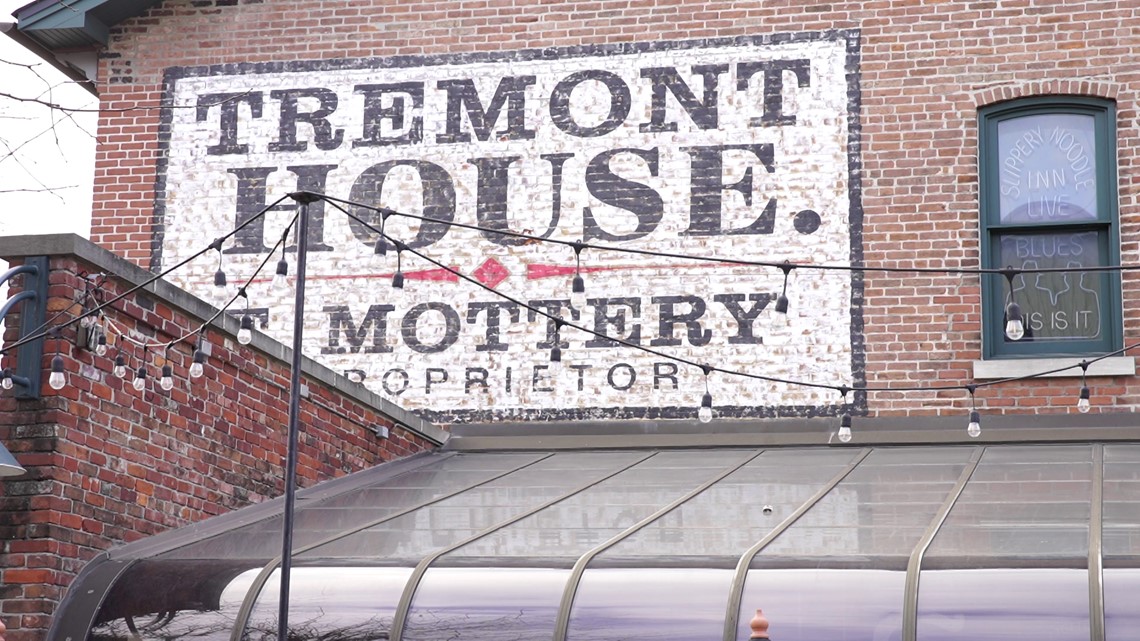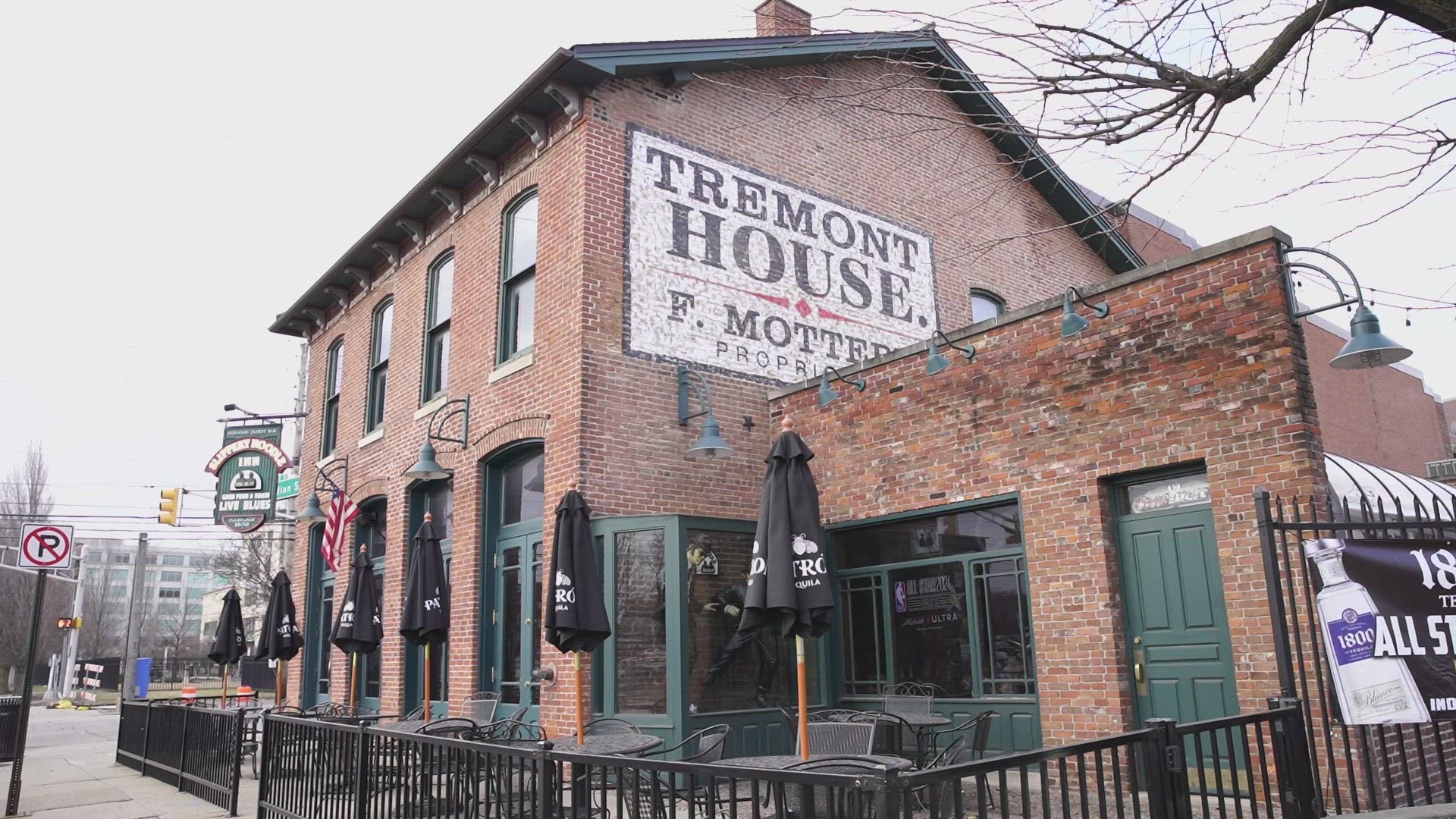INDIANAPOLIS — You don't earn the title of Indianapolis' oldest bar without having a hand in history. The Slippery Noodle Inn has had plenty of patrons since 1850. Some of them are household names from musicians to Hollywood stars, even famous mobsters.
It has changed names a few times, located on the corner of Meridian and South streets in downtown Indianapolis.
Upstairs, there's a replica of what it would've looked like to stay as a guest, or during its stint as a bordello. The original wooden bar top is still on the main level below, along with two stages that have hosted some jazz and blues legends. It was a "restaurant" during prohibition, secretly making beer. There are even still bullet holes in the wall, when the bar played host to a John Dillinger shootout.


Though one of its most historic distinctions is beneath the surface, as a safe haven for "guests" who's names we will never know — passing through on the Underground Railroad.
You'll still see its original name on the outside of the building, The Slippery Noodle Inn was first called the Tremont House.
There's another space preserved as it was. The basement is believed to have housed freedom seekers on their journey along the Underground Railroad.
"So this is one of our other underground tunnels. As you can see, there's still an opening there," said Sean Lotheridge, pointing out the now shallow and narrow openings still evident in the foundation of the building.
Lotheridge is now a co-owner of the historic bar, recently taking over the longtime family-owned establishment.


The Underground Railroad was not a series of underground tunnels, contrary to belief. It was mostly a network of people secretly helping freedom seekers however they could. But at the Slippery Noodle, these tunnels are believed to be a vessel for those fleeing further north, often to Canada.
They are considerably smaller than they were centuries ago.
"From what we understand, the early 1900s, they collapsed a lot of those tunnels that connected downtown Indianapolis, so that's when we think this got collapsed in," Lotheridge said.
The Slippery Noodle Inn is in the National Register of Historic Places, but not specifically for its Underground Railroad affiliation. It is designated as part of downtown Indianapolis' once-thriving Wholesale District.


Calvin Nguyen, the Indianapolis preservation coordinator with Indiana Landmarks, explains it can be hard to prove many stops on the route to freedom, both then and now "and for good reason."
"Because with the Underground Railroad, you wouldn't want to go out advertising these things," Nguyen said.
The building does have key indicators that validate its oral history.
"One part is physical evidence," Nguyen said. "If there was a place that seemed that it was designated for enslaved people fleeing the south."
Another is its location or its position within the city.
"So for example, the Slippery Noodle Inn is right next to Union Station and so, ironically, enslaved people could have fled to Indianapolis or away from Indianapolis via that physical railroad, even though the Underground Railroad wasn't a physical railroad," Nguyen said.
Preserving and sharing that history is just as important now, though the Slippery Noodle has passed hands to new ownership.
The Slippery Noodle Inn does offer public tours, more often in the fall, as it is rumored to be haunted, with all kinds of "guests" from its storied past. Though longtime employees gladly share more about the building's history and give small tours year-round, upon request.

